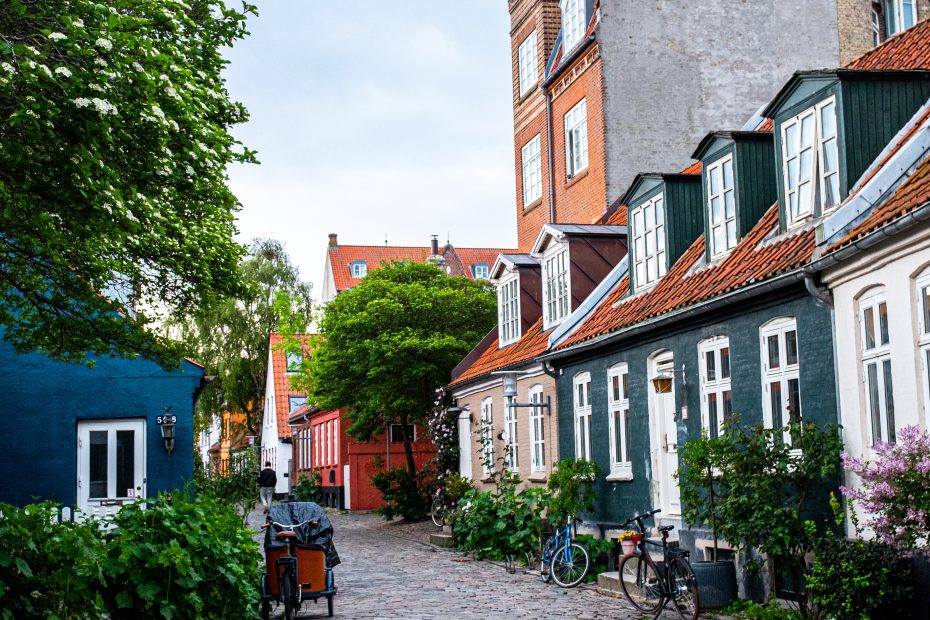Table of Contents
Introduction
With over 7,300 km of coastline, it’s no wonder Denmark is a sailor’s paradise. From the wave-battered cliffs of the North Sea to the sheltered bays of the Baltic, Denmark’s diverse coastal landscapes offer breathtaking vistas and serene seascapes. In this article, we’ll cruise through some of Denmark’s most scenic and remarkable stretches of coastline that both novice and experienced sailors can explore.
The Wadden Sea
The Danish Wadden Sea is part of the larger Wadden Sea that extends through the Netherlands and Germany. In 2014, UNESCO designated the entire Wadden Sea as a World Heritage Site due to its geological significance and ecosystem. The Danish side alone encompasses marshy tidal flats, sandy shoals, and more than 30 islands. Rich nutrients carried in by tides support marine life while the isolation provides safe breeding grounds for birds. In fact, millions of migratory birds use the Wadden Sea as a stopover point or wintering site. Keep an eye out for large flocks of eider ducks as well as grey seals lounging on the sandbanks.
North Sealand
Cruising along the northern tip of the island of Sealand rewards sailors with breathtaking white cliffs dropping down to a moody sea. The palette of blue sea, white chalk, and green fields is reminiscent of southern England. Quaint seaside towns like Gilleleje and Hornbaek offer sailor-friendly harbors and cozy cafes. Many historic castles and palaces sit regally on headlands here such as Kronborg Castle of Shakespeare fame near Helsingor. On clear days, you can even view Sweden across the Oresund Strait.
The Danish Riviera
Nicknamed the Danish Riviera, the eastern coastline of Sealand facing Sweden boasts long stretches of sandy beaches edged by shallow waters perfect for anchoring. Upscale coastal resort towns evolved during the 19th century such as Humlebaek with its renowned museum of modern art, Louisiana. Heading south, the beach town of Rungsted is full of activities like sailing, windsurfing, and paddle boarding. Or stay docked to simply enjoy swimming and sunbathing on the golden shores.
Limfjorden Inlet
Cutting through the Jutland peninsula, the winding tidal waterway of Limfjorden offers intimate views of the Danish countryside. Harbor towns like Aalborg, renowned for its lively nightlife and microbreweries, and Skive, known for its medieval core, make for great stopovers. Yachts can dock right in town while onshore explore attractions like historic churches, quirky museums, and excellent seafood restaurants and cafes. Keep an eye out for seals playing in the harbors.
Bornholm Island
Lying isolated in the Baltic Sea, Bornholm Island feels like a world of its own. Explore its rugged coastline punctuated by granite cliffs, secluded coves, and impressive castle ruins. Colorful fishing villages like Gudhjem, Tejn, and Allinge add pastoral charm. Inland, dense forests and blooming heather moors crisscrossed by cycling trails reveal even more of Bornholm’s diverse natural beauty. Spend at least a few days anchored here taking in the memorable seascapes and idyllic nature.
Experiencing the Coast by Boat
While driving allows you to see Denmark’s coastal highlights, getting out on the water offers an entirely different perspective. Numerous local companies offer sailing charters from day trips to weekly excursions with sleeping berths. With a sailing license, you can even charter a bareboat yacht. Kayaking and canoeing allow you to dip into sheltered bays and estuaries. Try a guided tour for hassle-free exploring. Houseboats are a popular way to have a floating base camp. Options range from basic to luxurious.
Protecting the Coastal Environment
With growing concerns about climate change and rising sea levels, protecting Denmark’s vulnerable coasts is more crucial than ever. Several organizations like the Danish Society for Nature Conservation and WWF Denmark work to safeguard coastal ecosystems through conservation, education, and sustainable tourism initiatives. As visitors drawn by the stunning beauty of Denmark’s coasts, we also have a responsibility to be mindful of our impact by sticking to trails, avoiding sensitive habitats, and leaving no trace behind.
Conclusion
Denmark’s remarkable coastal landscapes offer the perfect playground for sailors to explore by sea. A breeze in your sails and the soothing sound of waves can transport you to new aquatic adventures daily. Beyond superb sailing, Denmark’s coasts provide places to uncover nature, history, cultural heritage, and community. By sailing responsibly and sustainably, we can all do our part to protect Denmark’s serene seascapes for generations to come. So set your coordinates for Denmark’s protected bays or wave-battered bluffs. A breathtaking coastal journey awaits!
FAQs
Where are the best beaches in Denmark?
Some of Denmark’s top beaches include Bellevue Beach in Klampenborg, Amager Strandpark near Copenhagen, and Dueodde Beach on the island of Bornholm. The eastern coast of Sealand is also known for its sandy beaches.
What is the best way to explore the coast?
Sailing is a great way to experience Denmark’s picturesque coastline. Kayaking, canoeing, and boat tours are other options. You can also hike coastal trails and bike along scenic coastal routes.
What time of year is best to visit?
Summer from June to August is peak season with more sunshine, warmer seas, and all attractions open. However, spring and fall offer fewer crowds and lower prices.
What wildlife can be seen along the coast?
Look for seals, porpoises, marsh birds like egrets and avocets, seabirds like terns and gannets, and migratory songbirds in coastal woods and meadows.
What sustainable travel tips should I follow?
Practice leave no trace principles, stick to trails, dispose waste properly, choose eco-friendly boating options, reduce fossil fuel use, support conservation groups, buy from local businesses, and avoid disturbing wildlife.
